(Lavinia Countess Spencer)
£240.00
Charles Hodges after Joshua Reynolds
(Lavinia Countess Spencer)
London , 16th Feb 1785
Mezzotint
350 x 275 mm
Before title
£240
Charles Hodges after Joshua Reynolds
(Lavinia Countess Spencer)
London , 16th Feb 1785
Mezzotint
350 x 275 mm
Before title
£240
Portrait after Reynolds, half-length full-face wearing lace bonnet and cape edged with fur.
Lavinia Bingham was born on July 27, 1762 at Castlebar in County Mayo, Ireland, the eldest of four children of Sir Charles (1735-1799) and Lady Margaret (Smith) Bingham (d. 1814). Her mother, a gifted artist tutored by Horace Walpole, imparted her facility and connoisseurship to her daughters, particularly Lavinia, who gained sophistication through family trips to Paris (1776), Rome (1778), and Florence (1778). The girls were greatly admired in Europe, and Horace Mann reported that “by their judgment of the pictures and all the collection in the Gallery [they] are looked upon as prodigies at their age.” Lavinia’s father was created 1st Baron Lucan in the Irish Peerage in 1776, but possessed no fortune. Rather, it was Lavinia’s spritely wit and frank intelligence that attracted a distinguished suitor, George John Spencer, Viscount Althorp (1758-1834), eldest son of the Earl and Countess Spencer and brother of Georgiana, Duchess of Devonshire. Lavinia was eighteen years old when they married on March 6, 1781. By all reports, it was a love-match made over the practical objections of the groom’s parents. Her artistic and musical gifts were celebrated by William Jones in “The Muse Recalled, An Ode, Occasioned by the Nuptials of Lord Viscount Althorp and Miss Lavinia Bingham” (1781). Following the death of Lord Althorp’s father on October 23, 1783, the couple became 2nd Earl and Countess Spencer, and their son, John Charles Spencer, who was born on May 30, 1782, acquired the title of Viscount Althorp. Countess Spencer gave birth to four other sons and three daughters. Contemporary commentary attests to the disconcerting complexity of her character, which mingled mental acuity, a sparkling and vivacious manner, and cultural refinement with what her sister-in-law, Henrietta, Countess of Bessborough, termed “a coarseness of mind, as well as of expression, that scarce any talent makes up for, and…intolerance so out of all measure–friend, relation, stranger, inmate all alike–the most extravagant abuse, the most unsparing scrutiny.”
You must be logged in to post a review.

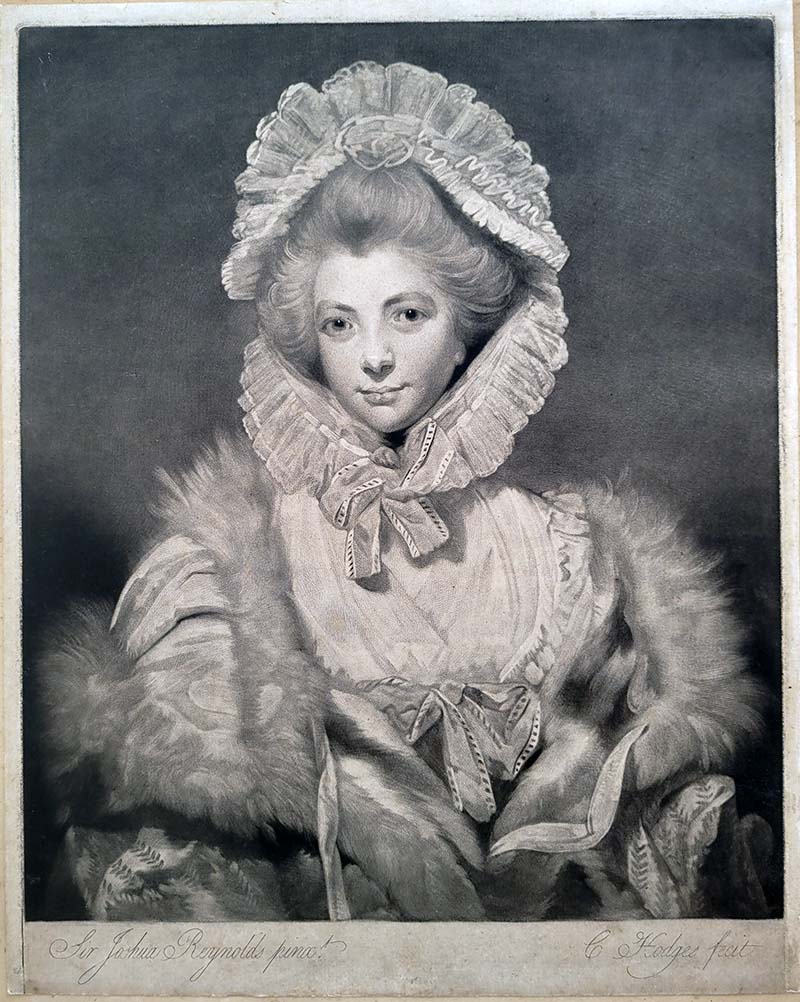
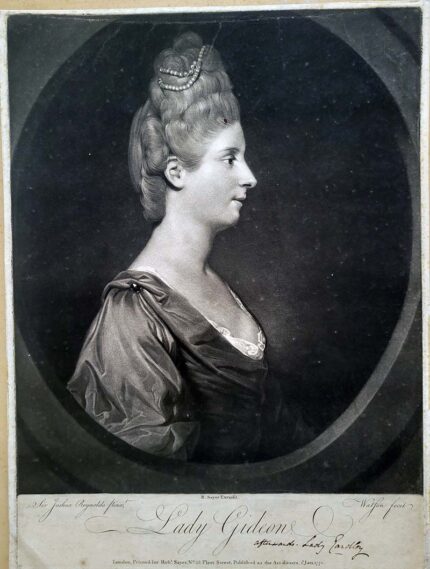
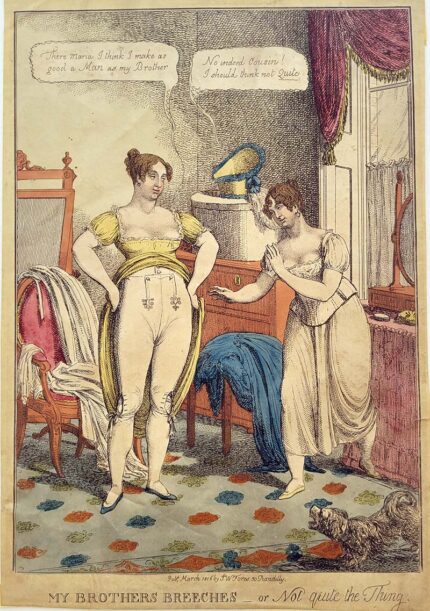
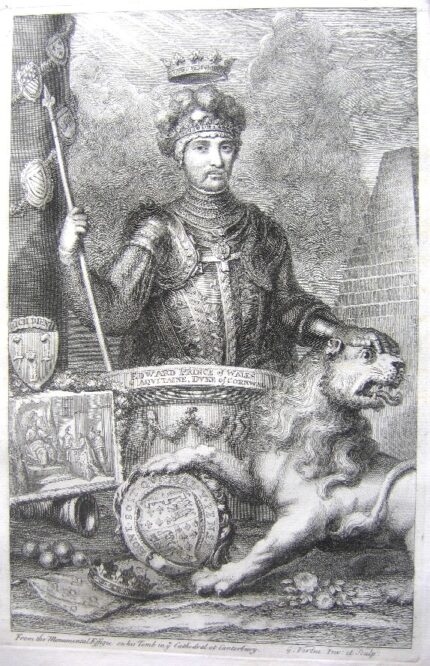
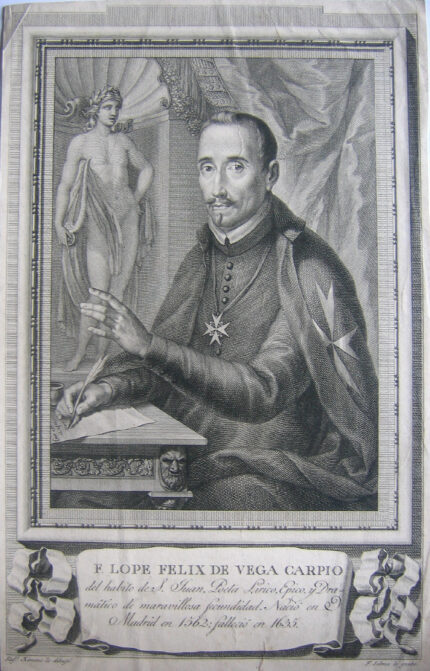
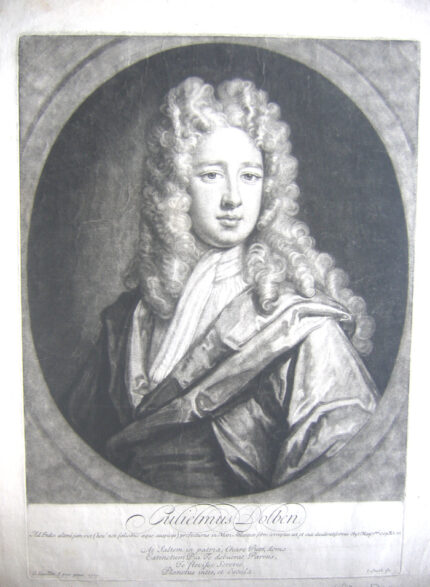
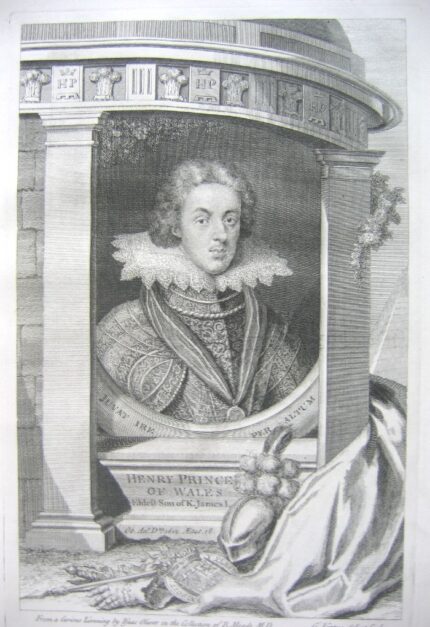
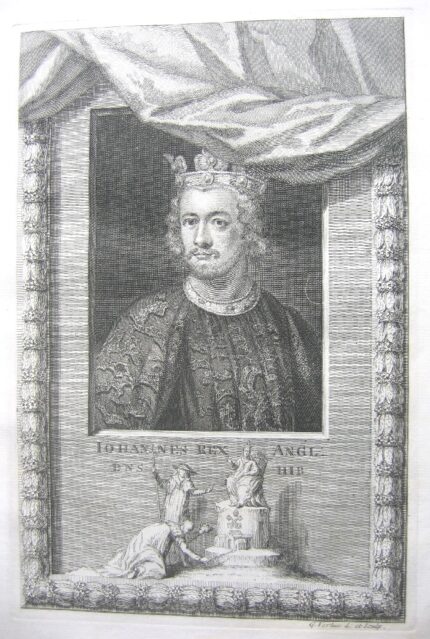
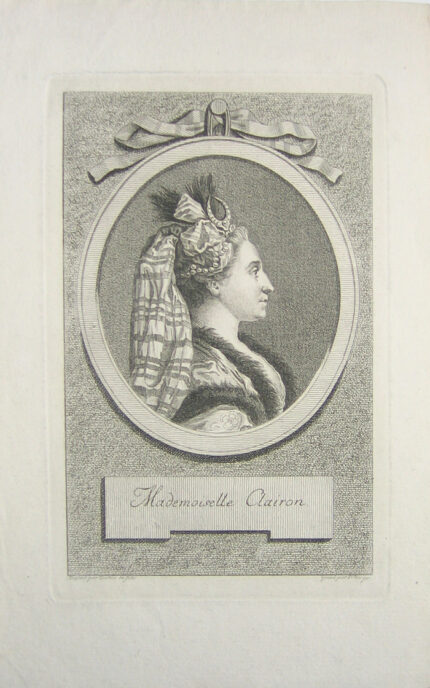
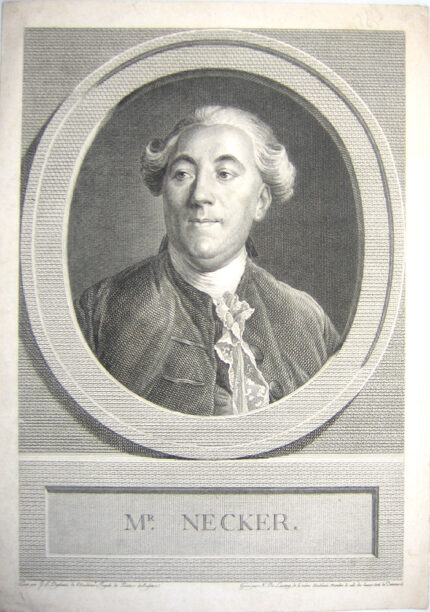
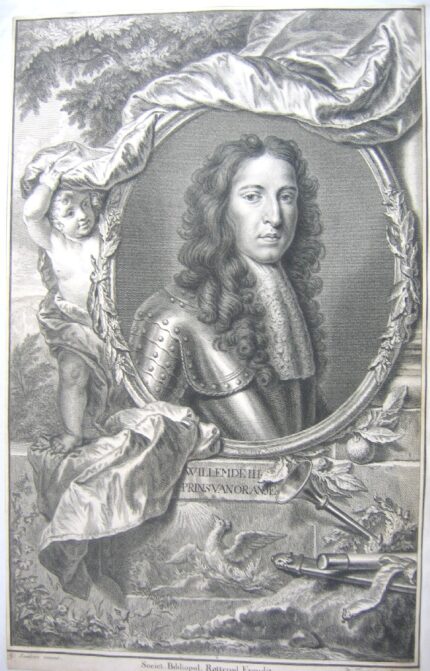










Reviews
There are no reviews yet.